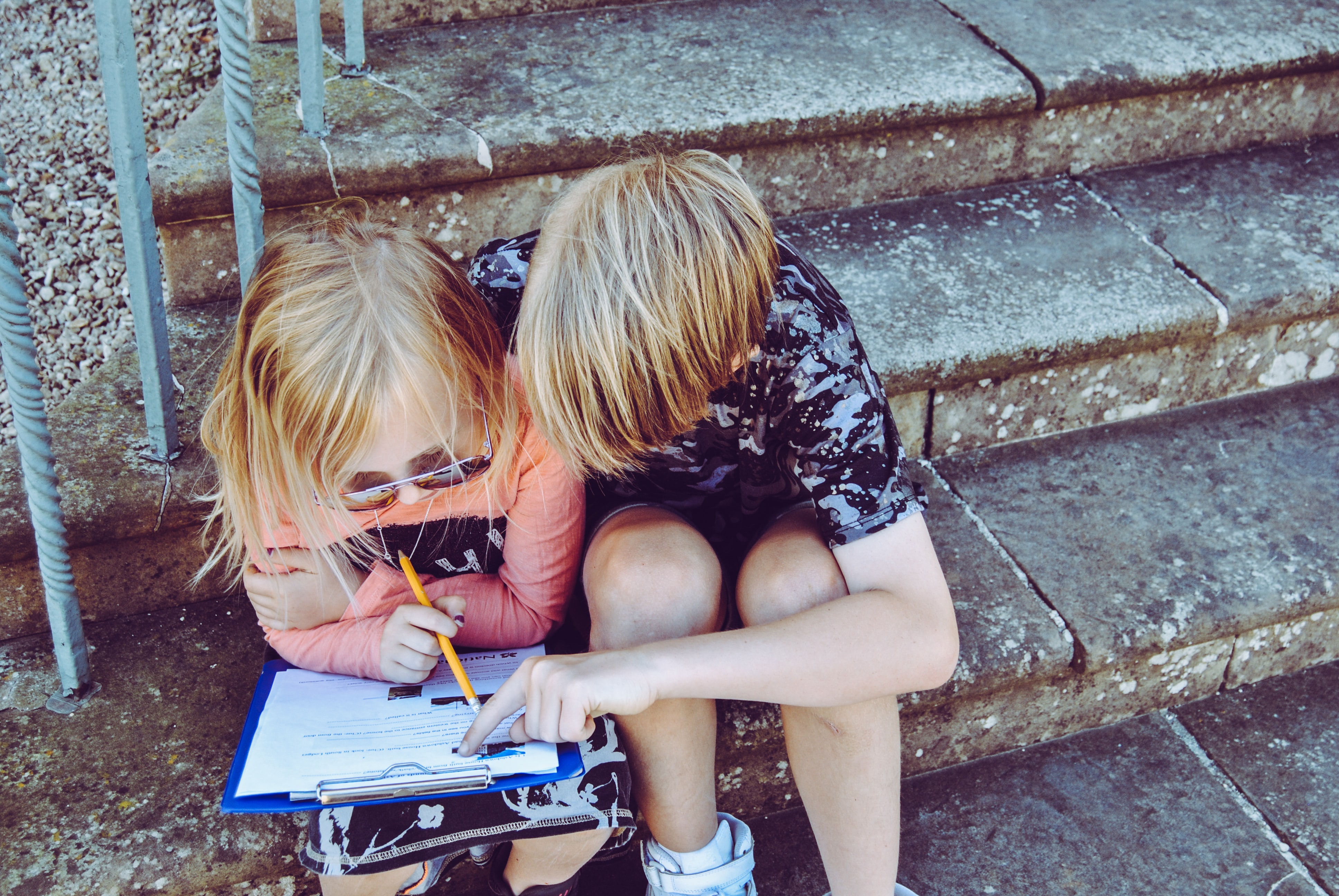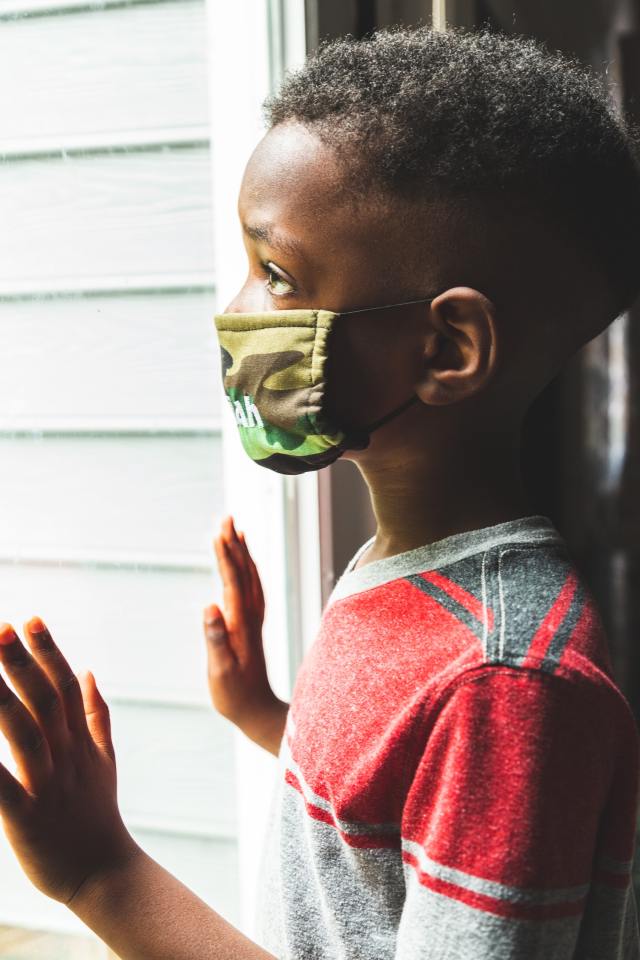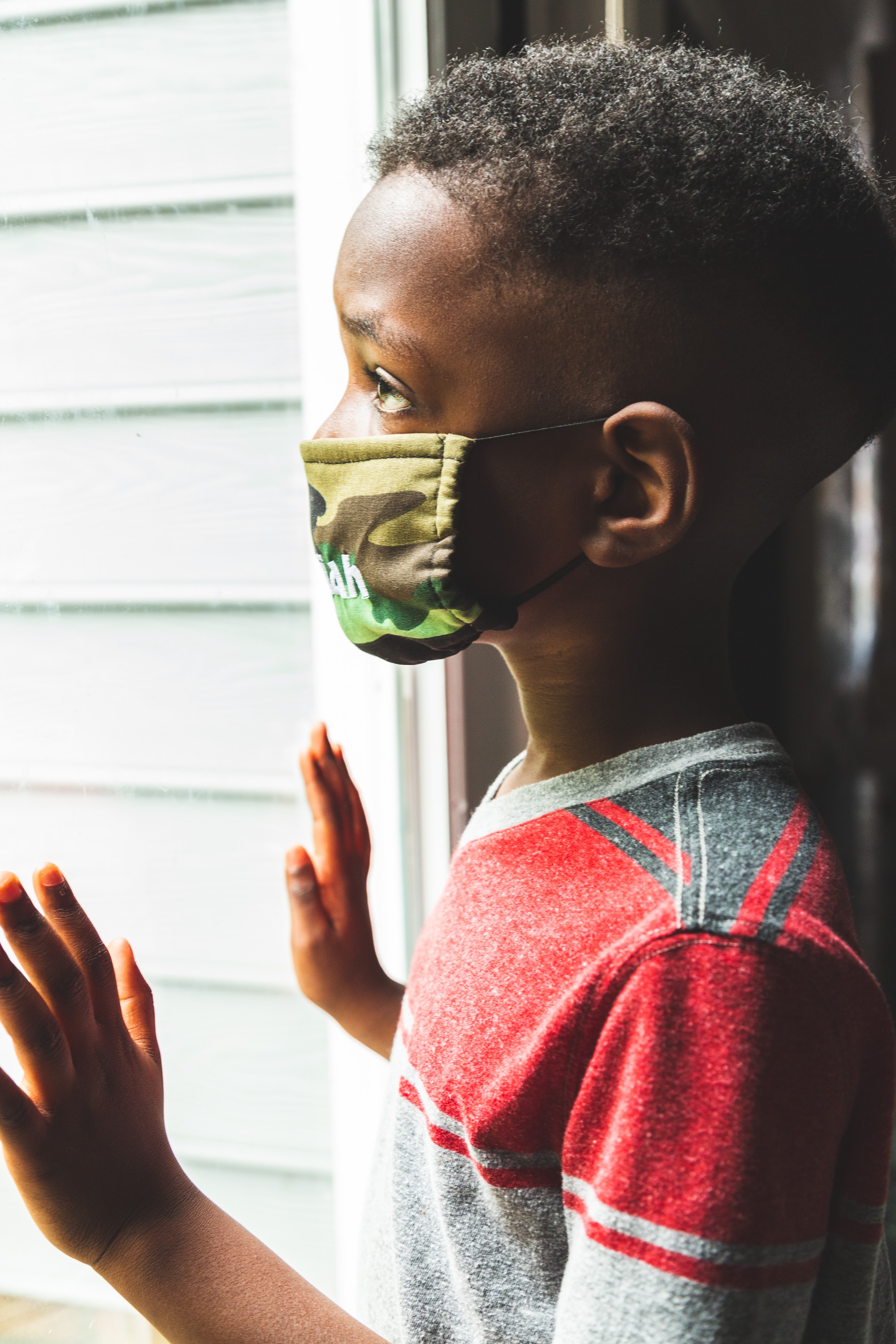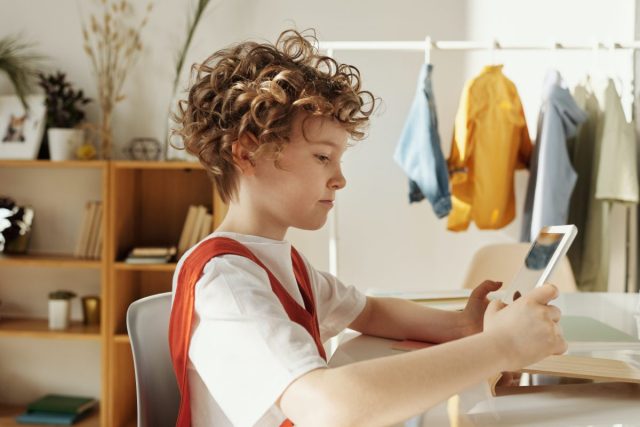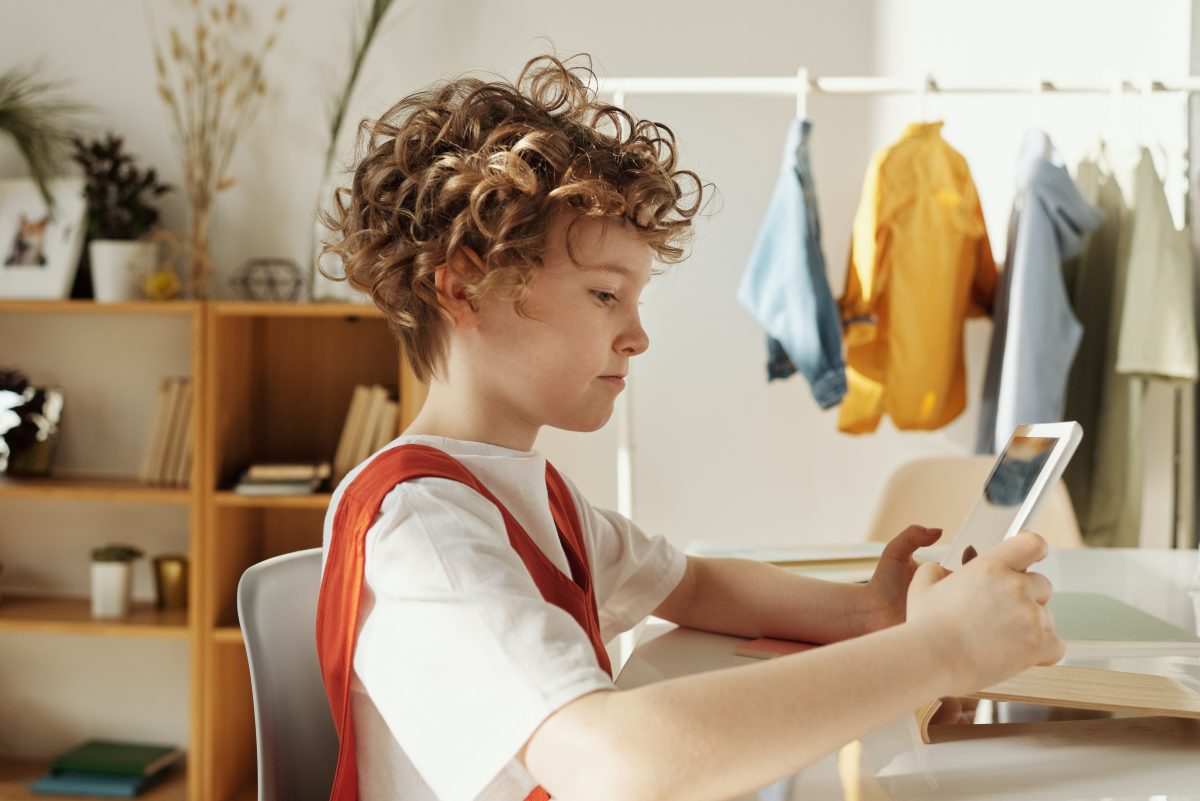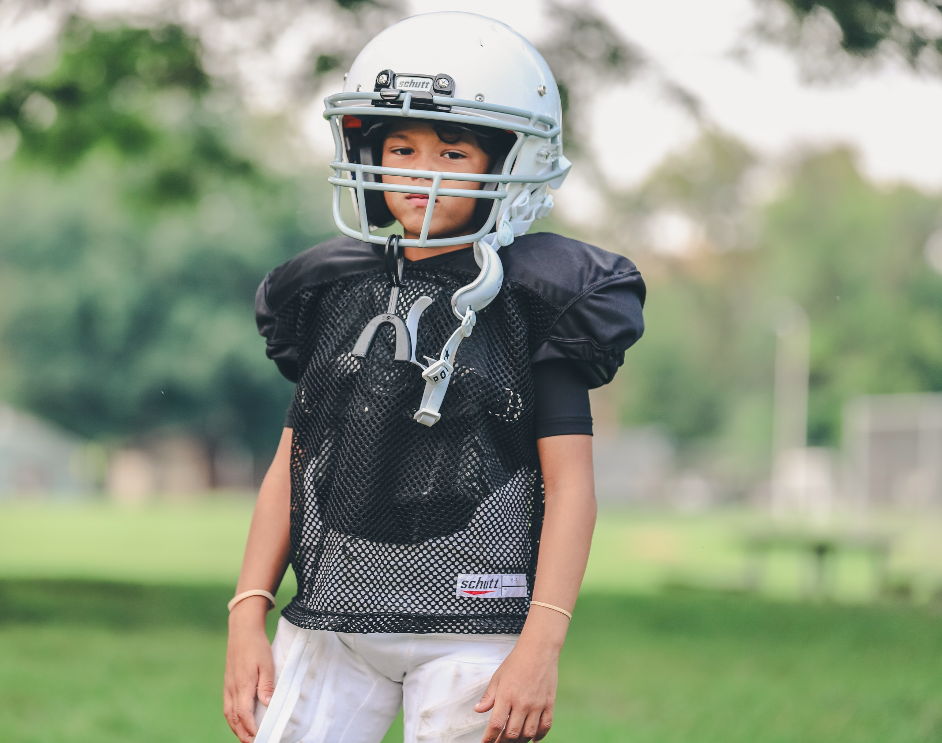
If there’s just one goal every parent in the world has in common, then it is to make their children street smart and able to fend for themselves, if not super-successful. The very fact that you clicked through to this article shows that you’re no different.
Is there a guaranteed way to do this? I’ve written umpteen blogs on parenting and early education, and believe me, there isn’t! But yes, researchers and scientists have (fortunately) shown us that there are a number of steps parents and guardians can take to grow an Einstein at home. Check out the 5 ways to help your kids achieve their best.
1. Expect Your Child to Succeed. OK, this is counterintuitive. Most parenting blogs advise against holding high expectations from your children, for fear of pressurizing them or burning them out. However, a study titled Cognitive Ability at Kindergarten Entry and Socioeconomic Status published in the official journal of the American Association of Pediatrics found that the expectations—well as the encouragement, support, and resources (such as books and computers)—that parents gave their children early on were critical to their academic success at school. Kids who performed best in kindergarten had parents who expected them to eventually attain a college degree. The lesson here? Don’t be a helicopter mom or dad, but do make it clear to your kid that you’d absolutely love it if she did well at school, in sports, or any other pursuit of her choice.
2. Hold Real Conversations. Kids with stronger communication skills are likely to have better grades, better jobs, better relationships, and so on. No surprise there, if you ask me. That said, talking to kindergarteners like you would to adults—holding actual two-way conversations instead of barking “Shut the door” and “Wipe your feet” can be instrumental in developing strong communication skills that will serve them well throughout their life, a joint study by researchers from MIT, Harvard, and the University of Pennsylvania found.
“It’s almost magical how parental conversation appears to influence the biological growth of the brain,” said John Gabrielli, the senior author of the study. “Children coming from families with lesser income or parental education [also] showed the same benefits from conversational turn-taking,” he clarified.
3. Encourage Science. It is widely recognized that traditional education is no longer effective at stimulating children’s natural curiosity and bridging the gap between academics and actual learning. STEM education—a pedagogy involving Science Technology Engineering Mathematics—promotes schooling policies, curriculum choices, training methods, and skillsets that can inculcate a growth mindset and curiosity in kids in their growing years. Research shows that young children who’re starting their school already have divergent thinking capabilities. They are curious learners with natural reasoning, logic, and spatial skills. Strengthening these innate abilities should begin at the earliest.
You can introduce science, math, tech, and engineering to kids as early as two years. Doing experiments, reading, and discovering stuff on their own increases children’s metacognition and wires their brains to be receptive to (and not fear!) these significant subjects throughout their lives.
4. Let Them Solve Their Own Problems. One of the most difficult things to do (by not doing anything) is watching your child fail. We all walk a fine line between protecting our kids and letting them tackle tough situations on their own. In a famous TED Talk, Julie Lythcott-Haims, author of How to Raise an Adult, emphasizes the need to let children make mistakes, solve their own problems, and compel them to do household chores.
In fact, this is very easy to do today, as both kids have access to a lot of resources. Your duty as an adult is to get them to focus on the task at hand and keep at it until they arrive at a solution. Don’t lecture them; ask open-ended questions instead. Subtly encourage creative thinking with “how” questions and teach them cause-and-effect with “why” questions. And yes, let them use Google. Or YouTube, for that matter.
All this develops their resilience, resourcefulness, and their ability to think critically—and sets them up for success down the line.
5. Keep Them Happy. Happy Kids = Successful Kids. The importance of a caring, supportive, and fun-filled environment at home cannot be overstated. Help your children construct their own vision of a happy and fulfilling future (don’t mind if they keep changing their version) and tell them what they need to get there. According to Dr. Edward Hallowell, author of The Childhood Roots of Adult Happiness and one of the country’s foremost ADHD experts, kids need
-
to be deeply connected to at least one other person
-
the opportunity to play and imagine
-
the time and encouragement to practice one or two things well and ultimately to feel mastery of it
-
recognition of hard work
Above all, love is the radiant force that keeps children on the path to a stable and successful life ahead. In order to “practically” teach your children to love, respect, and trust, you need to start with being happy yourself. Help them build deep connections and relationships with family members and other kids.
Kids suffer a lot more “setbacks” than adults (like broken toys). They need to know it isn’t the end of the world. Give them a healthy dose of optimism every day and show them the bright side of things.
Remember that intelligence isn’t everything. In the race to make your kids smarter, don’t forget to instill empathy and ethics in them. As P. J. O’Rourke proclaimed, “Smart people don’t start many bar fights, but stupid people don’t build many hydrogen bombs.”
Happy parenting!










